Introduction
Zongzi, a traditional Chinese delicacy made of glutinous rice stuffed with various fillings and wrapped in bamboo or reed leaves, has become a beloved treat worldwide. While many enjoy it during festivals like the Dragon Boat Festival, its popularity has transcended cultural boundaries, thanks to its unique texture and flavor. However, reheating frozen zongzi can be tricky, especially for those seeking convenience without compromising taste. The microwave, a kitchen staple, offers a quick solution, but mastering the technique requires precision. This article delves into the step-by-step process of reheating frozen zongzi in a microwave, ensuring optimal results every time. From understanding the science behind microwave heating to troubleshooting common pitfalls, this guide equips you with the knowledge to enjoy perfectly warmed zongzi in minutes.
Understanding Frozen Zongzi and Microwave Dynamics
Before diving into the heating process, it’s essential to grasp why zongzi freezes well and how microwaves interact with its ingredients. Zongzi’s primary components—sticky rice, fillings like red bean paste, pork, or dates, and the leaf wrapping—react differently to freezing and microwaving. Freezing preserves texture by slowing molecular movement, but improper reheating can lead to dry rice, unevenly heated fillings, or toughened leaves. Microwaves work by exciting water molecules, generating heat through friction. However, this method can sometimes create hotspots or dry out the rice if not monitored carefully. Balancing power settings, timing, and preparation steps is key to achieving moist, evenly heated zongzi.
Preparing Frozen Zongzi for Microwave Heating
Proper preparation sets the stage for success. Begin by selecting high-quality frozen zongzi. Avoid packages with freezer burn or excessive ice crystals, as these indicate improper storage. Next, decide whether to thaw the zongzi slightly or heat it directly from frozen. While thawing reduces cooking time, modern microwaves can handle frozen zongzi with adjusted settings.
- Unwrapping Carefully: Most store-bought or homemade zongzi are vacuum-sealed or wrapped in plastic. Remove all packaging, including plastic wraps or metallic ties, as these can melt or spark in the microwave.
- Rinsing Leaves (Optional): If the zongzi is wrapped in bamboo or reed leaves, some chefs recommend a quick rinse under cold water to hydrate the leaves slightly, preventing them from becoming brittle during heating.
- Container Selection: Use a microwave-safe dish with a lid or microwave-safe plastic wrap. Avoid metal containers or aluminum foil. A glass or ceramic dish with a vented lid allows steam to escape, preventing sogginess while retaining moisture.
Step-by-Step Microwave Heating Instructions
Follow these steps for foolproof results:
- Place Zongzi in the Container: Arrange the frozen zongzi in a single layer on the dish. Avoid overcrowding, as this impedes even heating. If heating multiple pieces, ensure they are spaced apart.
- Add Moisture: Sprinkle 1–2 tablespoons of water over the zongzi or place a microwave-safe cup of water in the oven alongside the dish. This steam helps prevent the rice from drying out.
- Cover the Dish: Secure the lid or loosely cover with plastic wrap, leaving a small gap for steam to escape. This creates a mini-steaming environment.
- Initial Heating Cycle:
- High Power (800–1000W): Microwave for 1–2 minutes. This stage thaws the exterior and begins heating the interior.
- Medium Power (500–700W): Reduce the power to prevent overcooking. Heat in 30-second intervals, checking doneness each time.
- Check for Doneness: Carefully touch the zongzi. It should feel warm throughout, with no icy spots. For accuracy, insert a toothpick into the center; it should meet slight resistance (not raw rice) but not mushiness.
- Adjust Time as Needed: Larger zongzi or those with dense fillings (e.g., pork belly) may require additional 15–30 second bursts.
- Resting Period: Let the zongzi sit covered for 1–2 minutes after heating. This allows residual heat to distribute evenly, finishing the cooking process without over-microwaving.
Adjusting Heating Time and Power Settings
Microwave wattage varies, so flexibility is crucial. Lower-wattage ovens (700W or less) may need 20–30% longer heating times. Conversely, high-wattage models (1200W+) risk drying out the zongzi if not monitored. Start with the recommended times, then adjust based on your appliance’s performance.
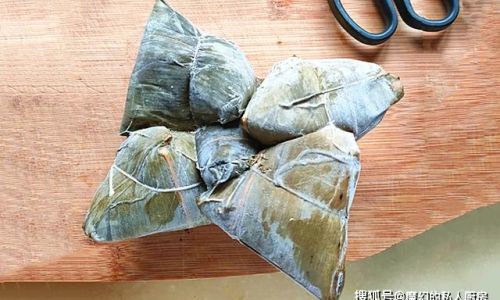
Troubleshooting Common Issues
- Uneven Heating: Rotate the dish halfway through cooking or rearrange the zongzi during intervals.
- Dry Rice: Increase initial moisture by adding more water or wrapping the zongzi in a damp paper towel before heating.
- Soggy Leaves: Avoid over-steaming. Use minimal water and ensure the lid isn’t sealed tightly.
- Tough or Gummy Texture: Overheating breaks down the rice’s starch, causing stickiness. Stick to shorter intervals and lower power settings.
Tips for Enhancing Flavor and Texture
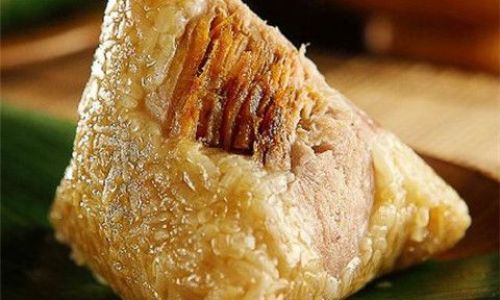
- Brush with Oil: Lightly coating the zongzi with sesame or vegetable oil before heating adds a glossy finish and richness.
- Alternate Heating Methods: For a crispier leaf texture, microwave until heated through, then briefly pan-fry the zongzi in a non-stick skillet.
- Sauce Pairings: Serve with soy sauce, chili oil, or sweet bean paste to complement the flavors.
Serving Suggestions and Creative Variations
Reheated zongzi is versatile. Slice it into bite-sized pieces for appetizers, or pair it with tea for a traditional experience. Experiment with fillings like mushroom and chestnut for vegetarian options or chocolate and nuts for a dessert twist.
Safety Precautions
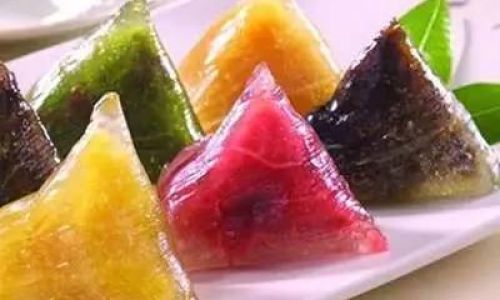
- Use Oven Mitts: The dish will be hot after heating.
- Avoid Metal: Never use metallic wraps or containers.
- Stabilize the Plate: Place the dish on a turntable or rotate manually to ensure even heating.
Conclusion
Mastering the art of reheating frozen zongzi in a microwave transforms a daunting task into a simple, rewarding process. By understanding the interplay of ingredients, power settings, and preparation techniques, you can enjoy this culinary treasure anytime, anywhere. Whether you’re a busy professional, a curious foodie, or a homesick expatriate, this guide ensures your next zongzi experience is as authentic as it is convenient. So, fire up the microwave, embrace the aroma of steamed rice and leaves, and savor every bite of this timeless delicacy.
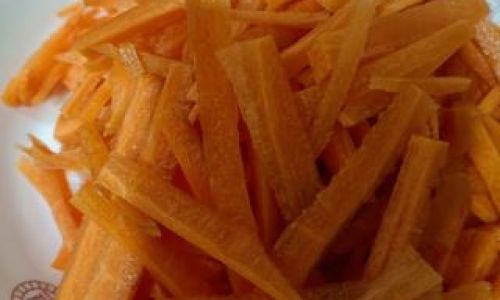
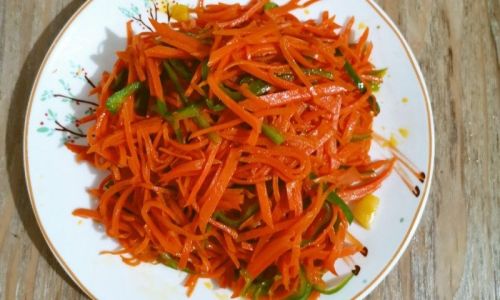

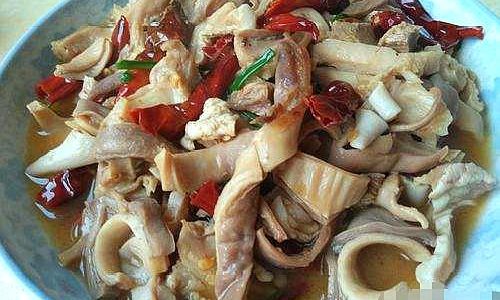
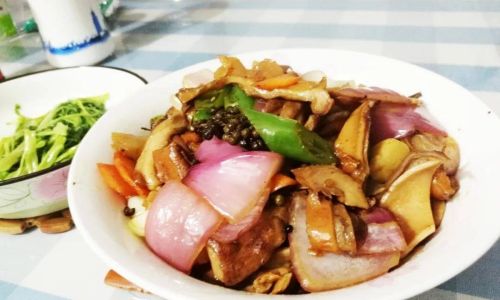
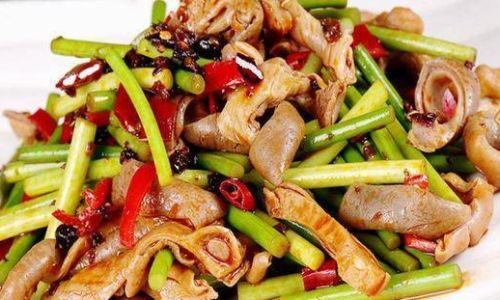
0 comments